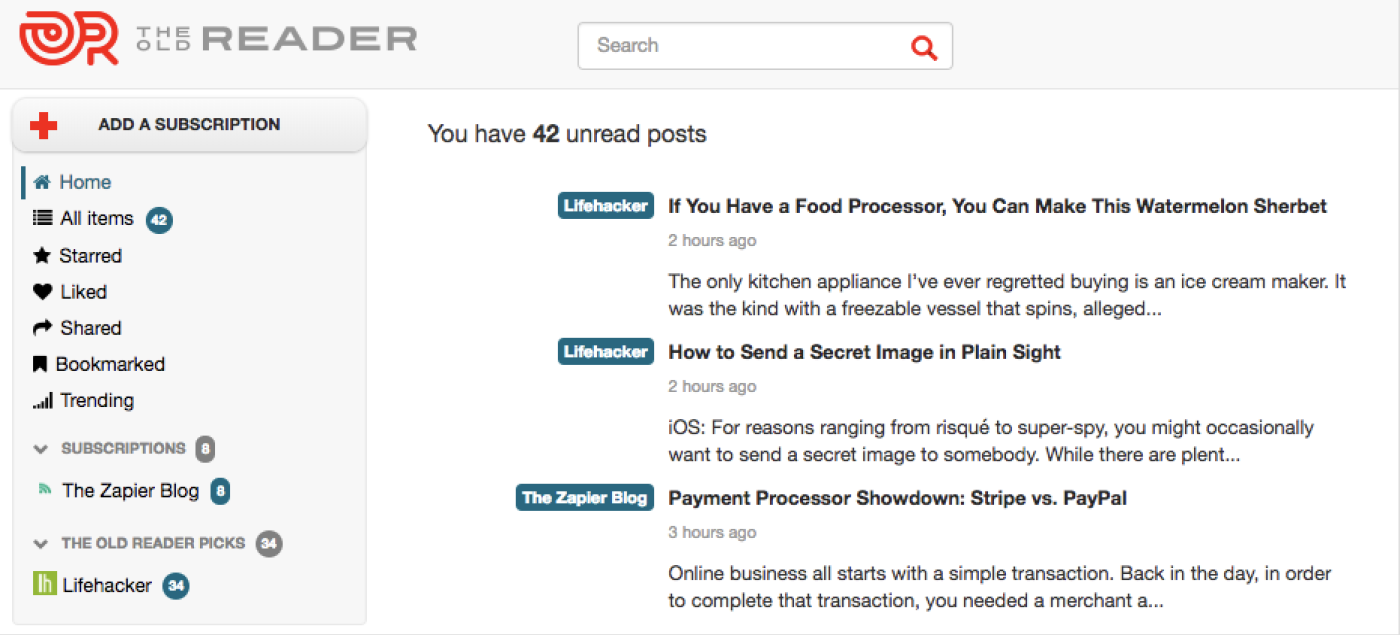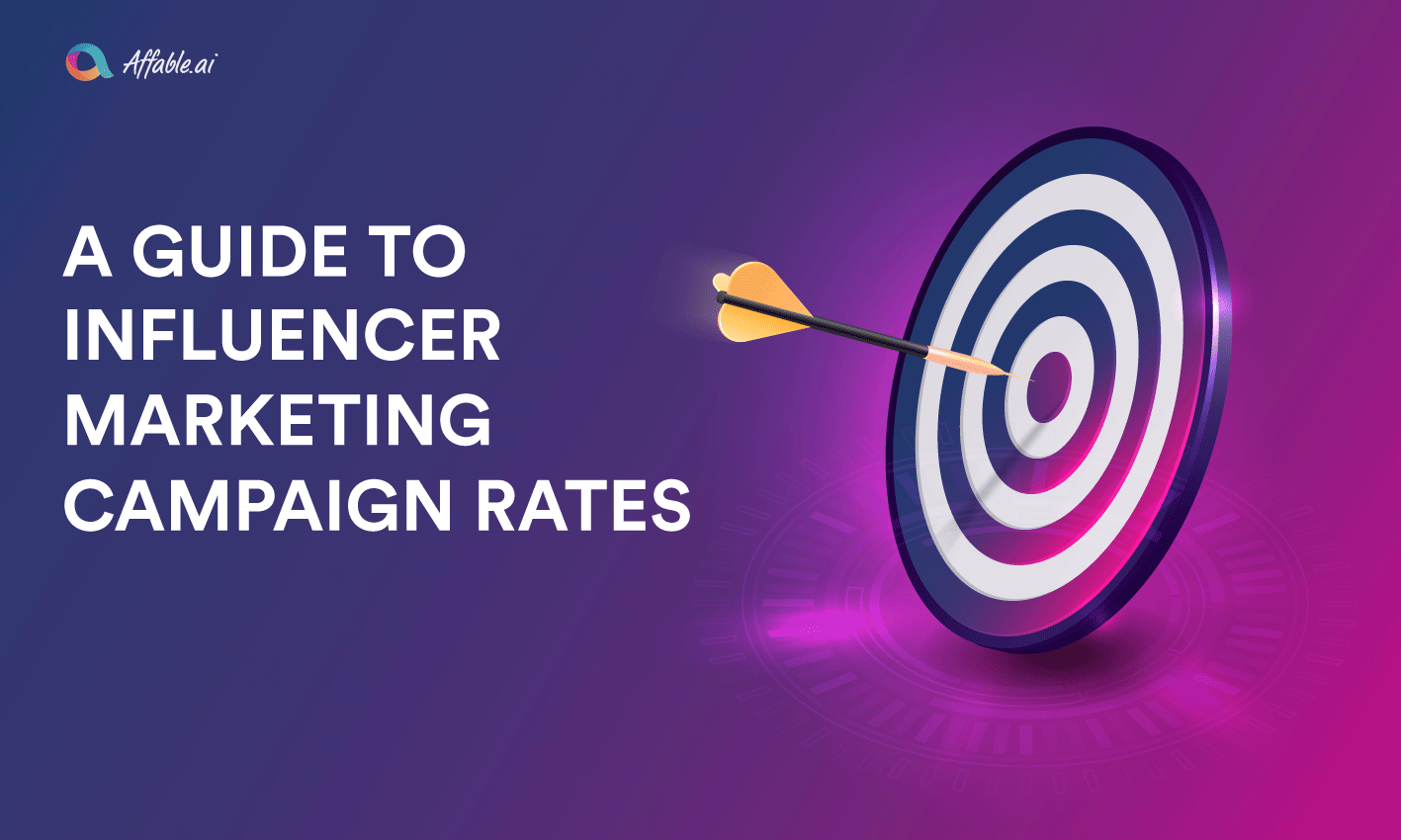
If you're interested in using content marketing to grow your business, you need to develop a strategy for achieving your goals. Set goals to guide your content marketing efforts, establish KPIs and create a content calendar. These steps will help determine who you want your content to reach, what you should deliver, and how you can measure success. These steps will help you plan your next steps.
A content marketing strategy
An editorial calendar is key to a successful content marketing strategy. Regular content must be scheduled. It involves planning the types of content that you want to share, identifying your audience and writing each piece of content well. A key component of any successful marketing strategy is consistency. Having enough content to publish on a regular basis will help you maintain a constant stream of new content. You should also consider the life stages and devices of your audience.
Setting SMART goals
Setting SMART goals is crucial when planning your content marketing strategy. As a rule, SMART targets should be specific. They should be measurable, realizable, realistic, time-bound, and easily attainable. This framework will help to track your progress and measure the success of your efforts. It is important that your goals are both achievable and challenging. It's also important to make them time-bound to help you stay on track.

Definition of KPIs
A content marketing strategy can't be complete without metrics. To monitor your progress, page views can be used as a simple indicator. You can also segment traffic according to channel to see which channel is driving more traffic. This lets you see exactly where your efforts are paying off. To understand the effectiveness of content marketing, you need to go beyond page views.
Create a content calendar
A content calendar is vital for creating high-quality, consistent content. This can help you identify topics and trends that are most popular. You can use it to plan how you will publish your content across multiple channels. A content planner can help you better manage your content production process. It can help identify any gaps in your content marketing strategy. It's a great way for you to keep track of your content outputs and identify collaboration opportunities.
Attracting the right audience
An effective content marketing strategy will help you attract audience members to your website and ultimately boost your sales. There are many types of content marketing. These include articles, videos, and photos. Strategy determines which type of content is best for your business. The strategy can also be used to determine your content distribution channels. To attract audience members, your content should be useful to your target audience. We'll be discussing the benefits of using content marketing in the paragraphs below.

FAQ
How much should I spend on Content Marketing?
The number of leads that you are looking to generate will determine how much. Depending upon the industry, the average cost for a lead can range from $5 to $10. We spent $20 per lead when we started our business. Now we spend $6-7 per leads.
Do I have to post links to content on other sites?
Yes! This is link building. Linking back to another site's content is a great way to increase traffic to your site. But only link to reliable sources.
How can you create good content?
Good content should be interesting, useful, and shareable. The best content will have a clear call for action. This could be a link or button that allows readers sign up for a trial, read more about your product, or order something from your site. You should also include visuals in your content to make it easy to share across all media.
How can you create quality content?
You can create great content by writing about topics that are interesting to you. You must find topics that you are passionate about if you want to succeed at writing. This is about finding your passion and then sharing it with others. Writing for yourself is one thing, but when you start writing for other people, you'll notice how much easier it becomes to produce quality content.
How can you build a content-marketing strategy that works?
You must first determine the type of content that you wish to create in order to develop a content marketing program. Next, you need to identify who your target market are and how they use Internet. Next, find the channels that best reach your target markets. Then, select the appropriate keywords for each channel and create compelling copy for each piece.
Statistics
- Companies that use content marketing see approximately 30% higher growth rates than businesses not using it. (mailchimp.com)
- According to research compiled by Coschedule: Companies that publish 16+ blog posts a month get as much as 3.5x as much traffic as those that publish 0-4 posts a month. (criteo.com)
- Seventy-two percent business to business (B2B) (mailchimp.com)
- We found that 40% of businesses don't have a documented strategy yet. (semrush.com)
- To further show the importance of this, 89% of people have stopped doing business with a company because of a poor experience. (neilpatel.com)
- According to the Content Marketing Institute, 70% of B2B marketers and 86% of B2C marketers surveyed use content marketing in some form or other. (criteo.com)
- According to our research, brand awareness, attracting traffic, and generating leads remain the key content marketing goals in 2022. (semrush.com)
- Measure your goals with a progress indicator of 0-100%. Make your goals collaborative and transparent (semrush.com)
External Links
How To
Informationgraphic creation tips for content marketing
Infographics are an effective way to explain complicated concepts clearly and make information understandable. Content marketing aims to provide useful and valuable information to your target audience, so you should consider using infographics to help spread this message.
To create an infographic, Adobe Illustrator or Photoshop is required. You can use these programs to draw out different shapes and elements to represent your data, then add colors and fonts to make everything look nice. Once your design is ready, you can start uploading images from sites like Pixabay and Unsplash to insert into your design.
Look online for inspiration to create your own infographics. A picture of a food Pyramid could be used to show how many calories each food has. Another option is to take a picture of a can of Coke and look at how much sugar it contains.
Once you have designed your infographic you can share it via social media channels, such as Facebook or Twitter. This allows people who don’t know much about the topic to find out more. Include hashtags if you plan to share your infographic via social media platforms. This will allow others to see what you're talking. Users can follow conversations around specific topics using hashtags.
An infographic is a shorter version of a blog post. An average blog post can be anywhere from 2000 to 5000 words long, while an infographic only requires 500 to 1000 words. You can communicate more information in less space.
Your infographic should be easy to read for some viewers. Your graphics should be large enough in font size and not rely on too much color. Make sure all text is legible.
Here are some other tips.
-
Choose an Infographic Design Template. Many templates are available in both printable and online formats. Canva, Piktochart and Google Slides are the most used templates.
-
Your Infographic is ready. Use the template below to create your infographic. You can use any media that suits your audience. In this example, photos of Seattle restaurants might be used to create an infographic about Seattle's best restaurants.
-
Add Text. Add text once your infographic is created.
-
Add Images. Add images to an infographic. These images can include charts, graphs and icons. If you wish to include a picture, ensure it is relevant.
-
Make it interactive. You can also add interactive elements such buttons, maps, links, and other features. This will increase engagement with your audience.
-
Share. Share your infographic when you are done.
-
Measure. How well did your infographic perform? Are people clicking through to your website or not? Did they sign up to your email list? Was their reaction to the infographic?
-
Improve. Are there ways you could improve your infographic? What could you do better next year?
-
Repeat. Repeat.